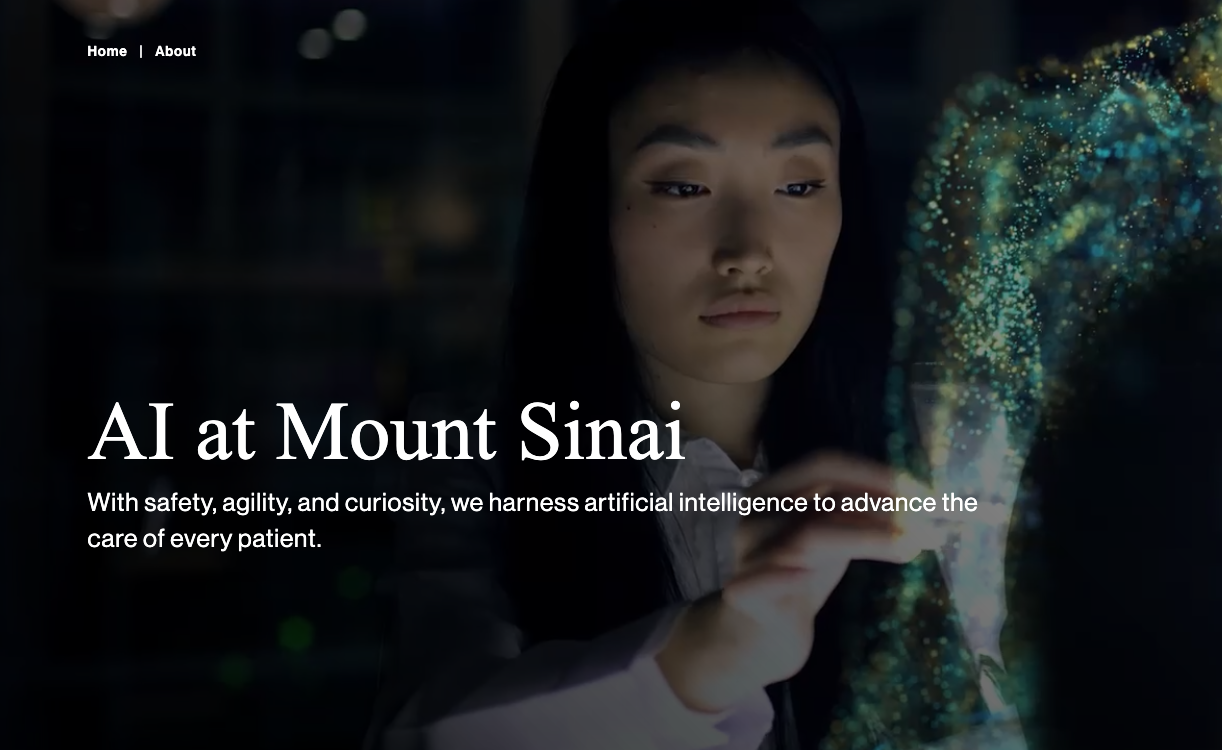When we talk about bias in healthcare AI, the conversation almost always starts (and ends) with data. We examine training sets, audit algorithms, and develop fairness metrics. But there is a different type of bias that goes unnoticed: deployment bias. And it is just as dangerous.
Even the best trained and carefully calibrated AI model can reinforce inequity depending on where and how it is deployed. To be clear, the AI in question here refers to systems that analyze clinical data, such as images, recordings, and patient medical records, not administrative tools such as transcription or scheduling assistants. Too often, advanced tools are first introduced in well-resourced, urban health systems—facilities with robust digital infrastructure, large staffs, and tight institutional feedback loops. Meanwhile, rural hospitals, community clinics and safety-net providers are still waiting. Sometimes years.
But here’s the deeper problem: Implementation bias not only affects who benefits from AI, it also affects how future AI is trained. If AI tools are deployed primarily in wealthy urban centers, the data they generate will reflect those populations, workflows, and outcomes. That data then feeds the next generation of models, creating a feedback loop that further marginalizes underrepresented communities. In other words, where we deploy AI today determines who will be represented in tomorrow’s algorithms.
This is not just a question of implementation schedule. It’s a reflection of a deeper gap in how we think about innovation. The same communities that could benefit most from clinical decision support, increased diagnostics, or remote monitoring tools are the last to get them. Not because the technology is not ready, but because we assume that the infrastructure is not. That assumption is its own form of bias. A June 2025 Scoping Review of US Rural Health Research. found only 26 peer-reviewed studies on AI tools in rural settings: 14 focused on predictive models and 12 on infrastructure. No studies examined generative AI in real-world rural deployment, and half highlighted insufficient data and analytical capacity as a major barrier to development and validation. A July 2025 article on ‘A growing gap in AI-based care’ He noted that AI remains “concentrated in metropolitan academic centers, leaving rural communities behind.” He noted that rural hospitals face infrastructure limitations and few AI projects go beyond design to real-world use in these areas.
I have spent much of my career focused on increasing access to care, particularly in places where health care is hours away, not just a block. That work has shown me how transformative technology can be, but only if it reaches the people who need it most. We cannot claim that AI is democratizing care while limiting its reach to zip codes that already have the best access.
Implementation bias is not malicious. But if we don’t identify this bias and explain it, we risk reinforcing a two-tier system in which AI improves outcomes for some and does nothing for others.
Equity should be built into the implementation strategy from day one, not treated as a future modernization. That means prioritizing inclusion not only in data but also in delivery, and recognizing that inclusive implementation is the foundation of inclusive data sets. Because ultimately, where we choose to deploy AI sends a message about the health of who we value and what data we consider worth learning from. And for those of us building the future of healthcare, that choice should never be an afterthought.
Photo: Klaus Vedfelt, Getty Images
Dedi Gilad He is CEO and co-founder of TytoCaretransforming the primary care industry by bringing doctor visits to the home with remote physicals that provide affordable, always-on primary care accessible to all. TytoCare works with insurers and healthcare providers to provide better access to primary care virtually, with a portable exam kit that connects users with a doctor for a physical exam and telehealth visit no matter where they are.
In the decade since he co-founded the company, Mr. Gilad has led the launch and establishment of TytoCare as a major player in the telehealth market. Under his leadership, the company has created partnerships with nearly 250 major healthcare players around the world. Mr. Gilad and TytoCare have been recognized as leaders in the telehealth market, with awards from ATA, Fast Company, MEDICA, Forbes and more, and have established a track record of improving healthcare access and better telehealth adoption and outcomes than other solutions on the market.
This post appears via MedCity Influencers program. Anyone can post their perspective on business and healthcare innovation to MedCity News through MedCity Influencers. Click here to find out how.



